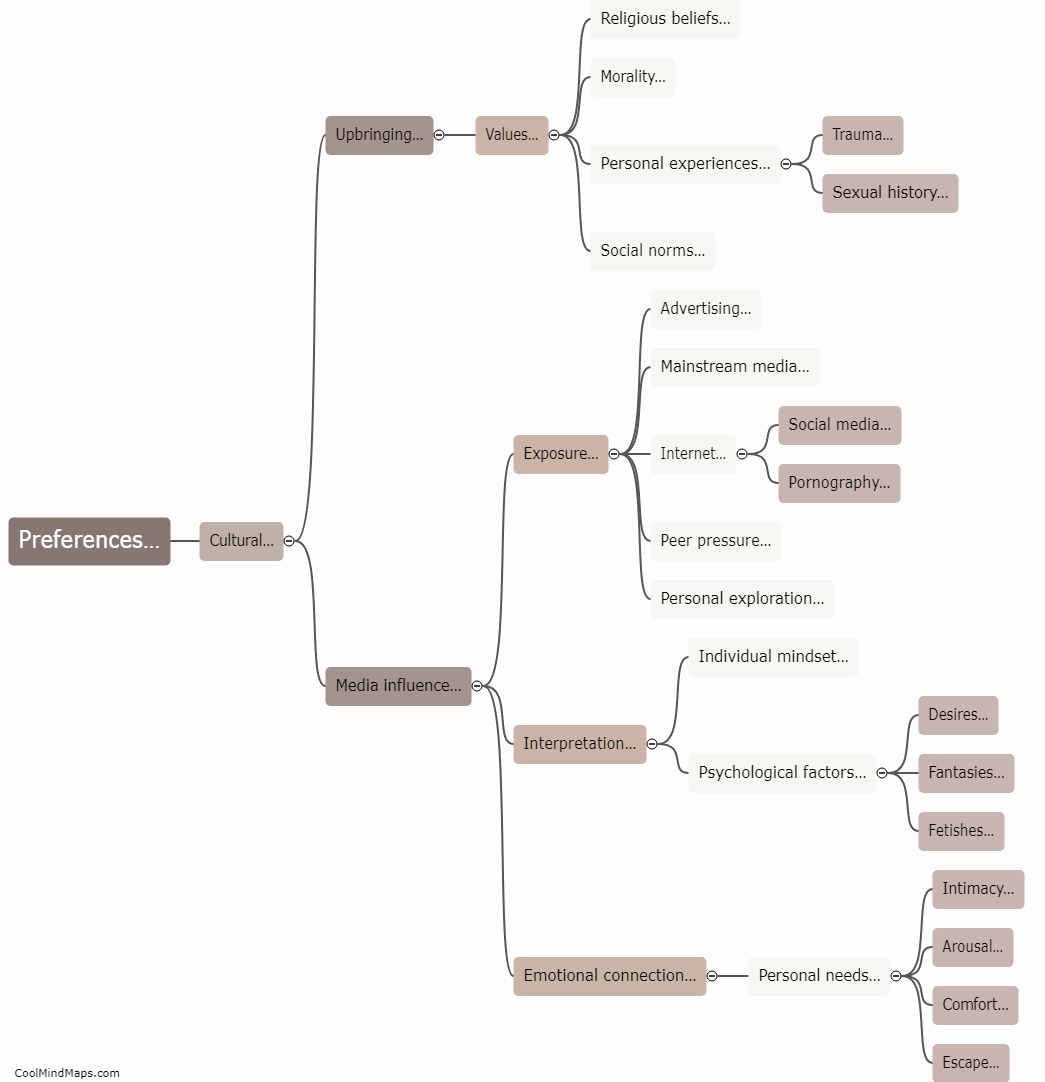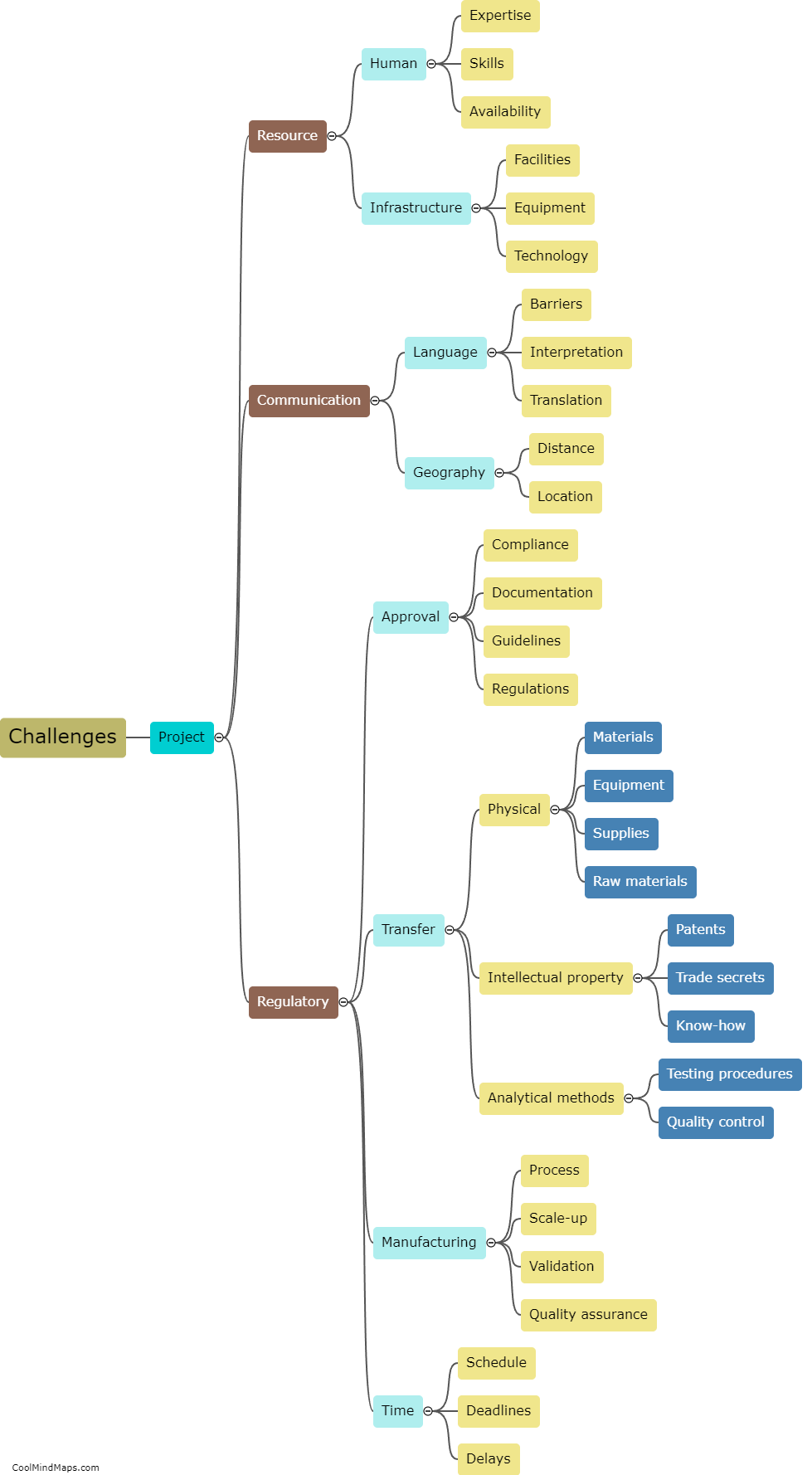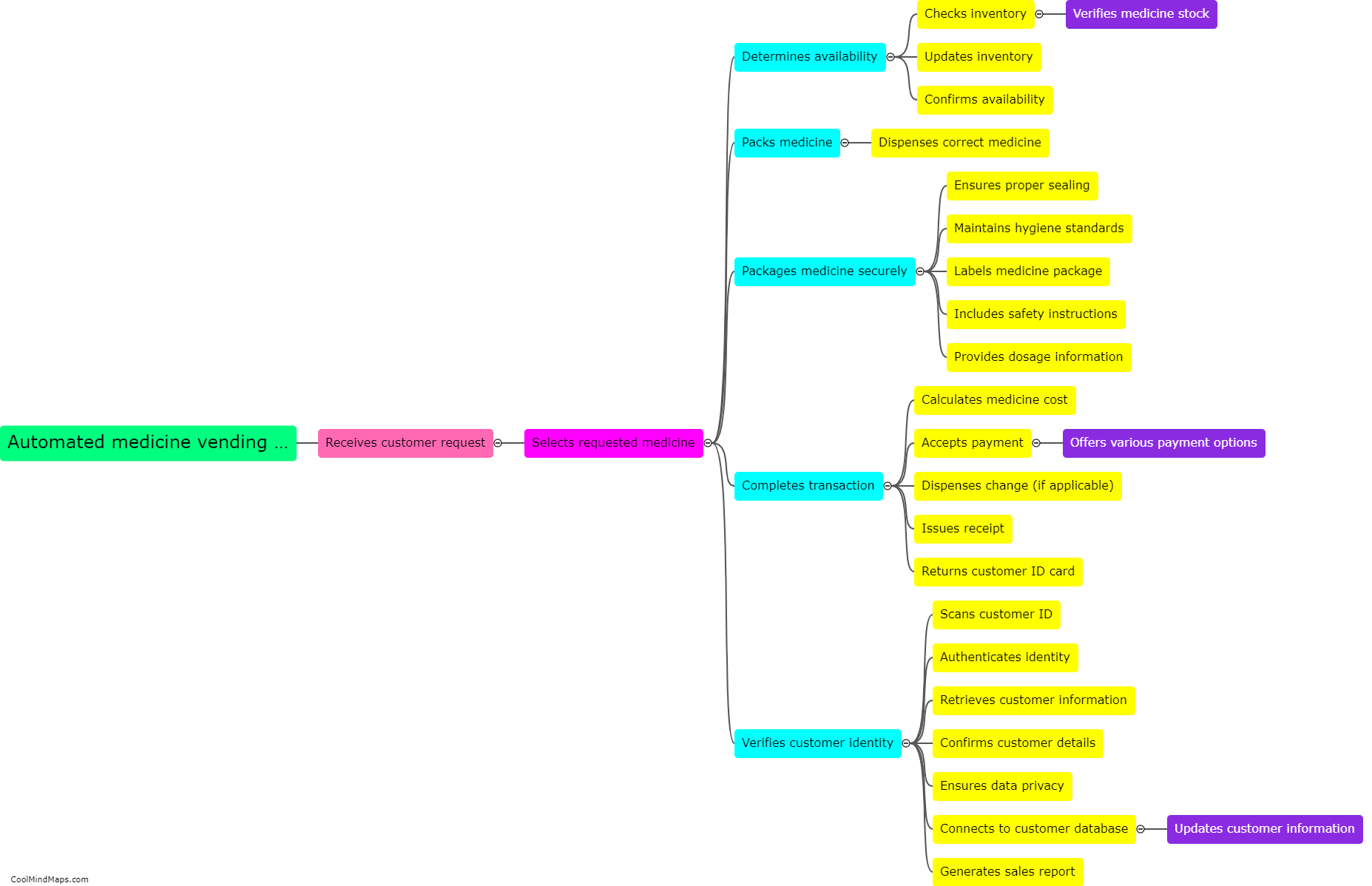What is the purpose of each OSI layer?
The OSI (Open Systems Interconnection) model is a conceptual framework that standardizes the functions of a telecommunication and computing system into seven layers. Each layer has a specific purpose within the network communication process. The purpose of each OSI layer is as follows: the physical layer (Layer 1) establishes and manages the physical connection between devices; the data link layer (Layer 2) manages the flow of data between devices on the same network; the network layer (Layer 3) routes data packets between different networks; the transport layer (Layer 4) ensures data transmission and error-free delivery; the session layer (Layer 5) establishes, maintains, and terminates connections; the presentation layer (Layer 6) translates data into a format that can be understood by applications; and the application layer (Layer 7) allows user applications to access network services. Each layer works together to facilitate communication between devices on a network.

This mind map was published on 15 September 2024 and has been viewed 68 times.











